Stellantis STLA Large platform will not be a pure 800-volt architecture
When Stellantis first presented its future platform trio STLA Small, STLA Medium and STLA Large (as well as the STLA Frame with ladder frame intended for US pickups and vans) in 2021 for the upcoming electric car offensive, the first key data on the new top platform was already revealed. It is the only one of the three architectures suitable for passenger cars to be designed for 800-volt systems and should enable ranges of up to 800 kilometres with batteries of up to 118 kWh. This is the status for 2021.
With the Jeep Wagoneer S, one of the first models for the STLA Large has now also been teased, and Stellantis is now following up with some data on the platform itself. The largest possible battery remains at the already known 118 kWh, which should enable a range of 800 kilometres in sedans – Stellantis does not specify a value for SUVs and crossovers. What is new, however, is the lower end of the scale: Previously 101 kWh was mentioned here, in the current announcement Stellantis mentions “initially includes battery pack options with energy ratings between 85 and 118 kilowatt hours (kWh)”. In other words, there could be later adjustments, upwards or downwards.
The STLA Large is not designed as a pure 800-volt architecture, but 400-volt systems can also be realized. With 118 kWh, a 400-volt system would ensure relatively long charging times, but with 85 kWh energy content and a good 400-volt charging curve, a competitive overall package could be created – at lower costs.
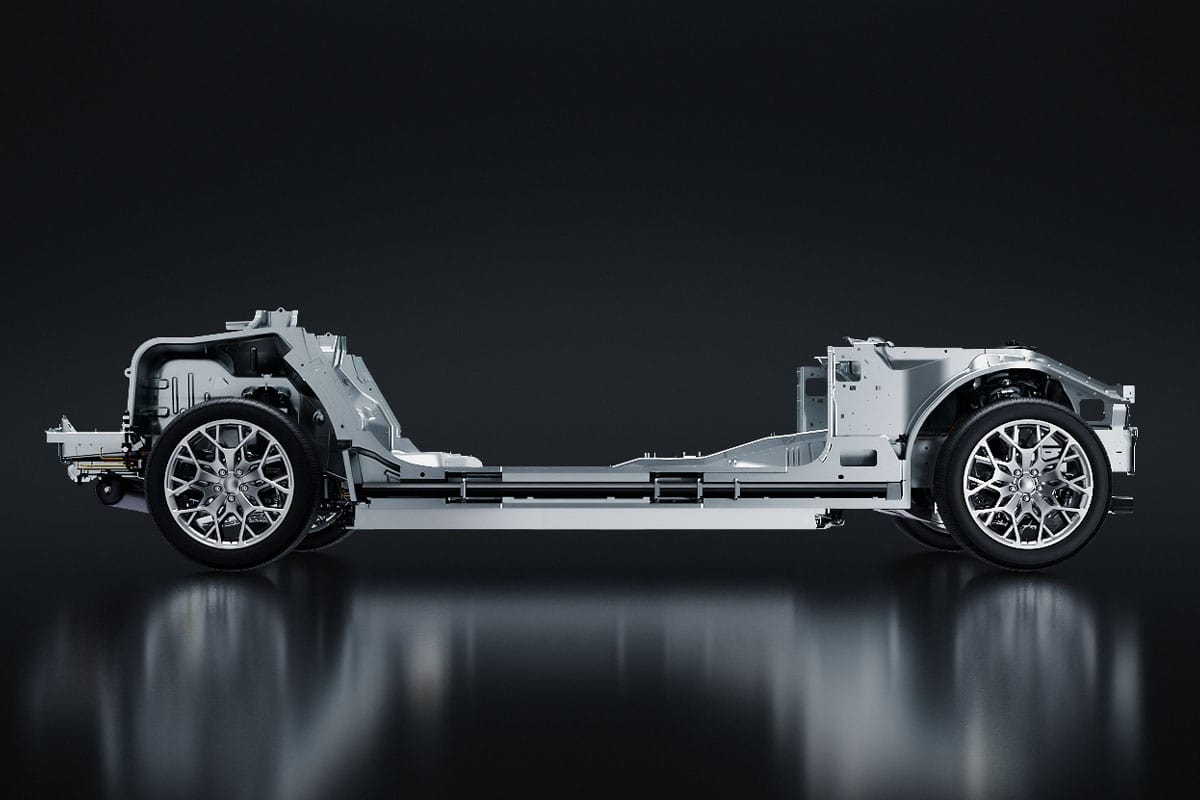
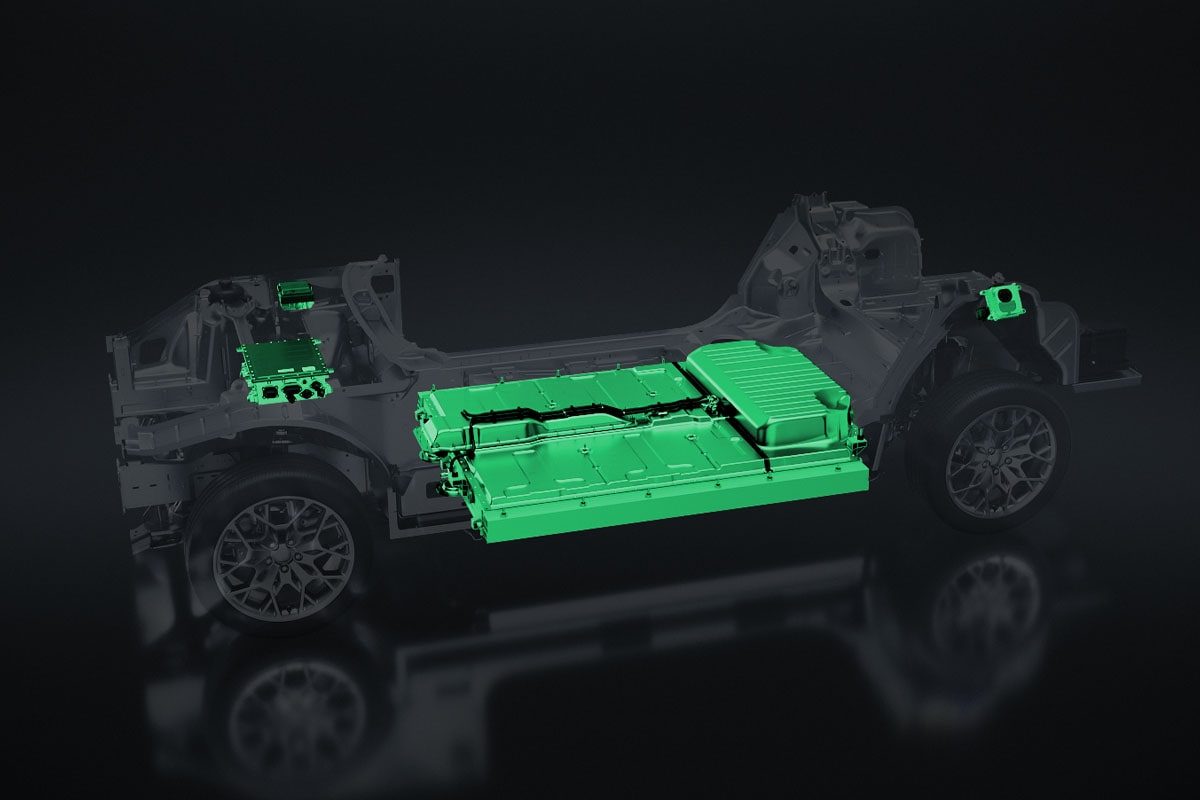
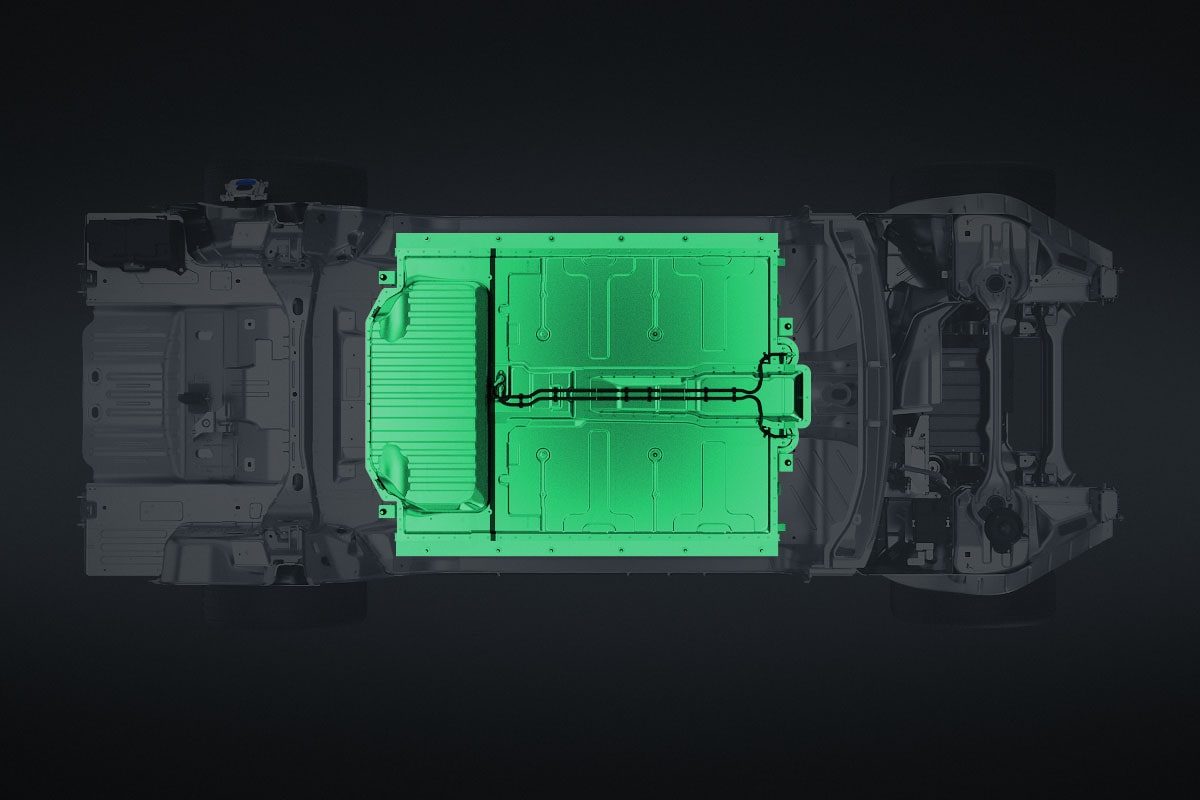
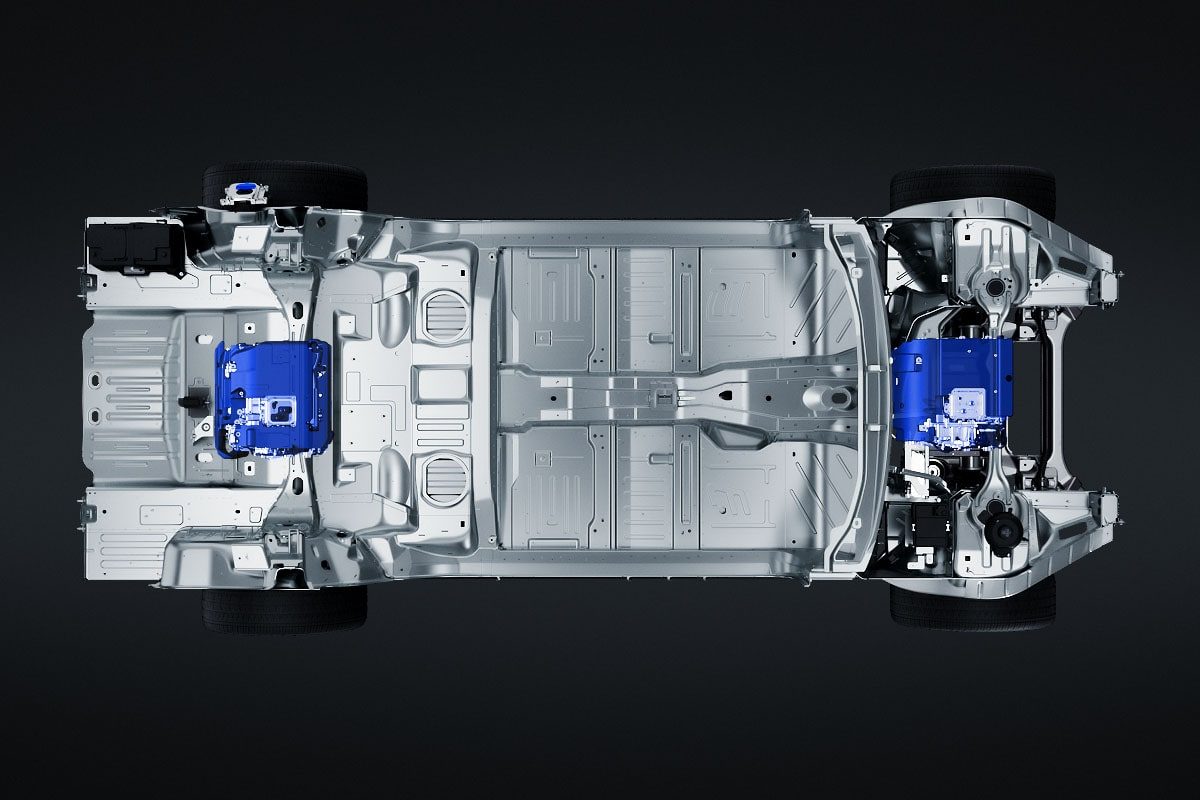
Costs were a focus of the development. Stellantis emphasizes that the STLA Large stands for “robust and cost-efficient manufacturing processes” and has also been developed with “unparalleled technological flexibility”. This flexibility should make it possible to “adjust the wheelbase, overall length, overall width and height, and ground clearance. A variety of suspension modules and powertrain cradles can be employed to suit vehicle specific performance objectives that include ride, handling and comfort.”
There is also a further, previously unannounced, technological flexibility: the STLA Large is not a pure BEV architecture, but Stellantis is also planning vehicles with hybrid drives and combustion engines. However, the dates for the end of combustion engines for the individual brands announced at EV Day 2021 will probably not be changed – at least no other details have been given. This means that the hybrid and combustion engine option is likely to relate more to North America than Europe. The multi-brand group aims to achieve 70 per cent of its sales in Europe and 40 per cent in the USA with low-emission vehicles by 2030.
The drive units, in which the motor, transmission and power electronics with silicon carbide semiconductors are combined in one housing, can be used as front, rear or all-wheel drive. Depending on the design, the drive components should offer the potential to “deliver acceleration from 0-100 km/h in the 2-second range”. Stellantis is primarily targeting the Dodge models, which, for marketing reasons for the e-cars, are probably intended to surpass the already extreme performance of the existing Hellcat V8.
Some that is probably more relevant for most customers is that it should be possible to install wheel decouplers to decouple the wheels from the drive (these are permanently excited synchronous machines). This should reduce mechanical resistance and improve efficiency and range. The 800-volt battery should also have a charging capacity of up to 4.5 kWh/minute. However, Stellantis does not specify a maximum charging capacity or charging time, nor does it provide any comparative values for the 400-volt battery.
Here is the key technical data for STLA Large:Length 4,77-5,13 m Width 1,90-2,03 m Wheelbase 2,87-3,08 m Ground Clearance 140-288 mm Battery 85-118 kWh
Vehicles based on STLA Large will initially be used by the Dodge and Jeep brands in North America and later also by Alfa Romeo, Chrysler and Maserati. From 2024 to 2026, eight models are planned based on the platform, which will be installed in several plants in Europe and North America.
“Our goals for our STLA platforms are ambitious but this is what our customers need from us today,” says Carlos Tavares, CEO of Stellantis. “Creating a family of vehicles from a well-engineered set of components that is flexible enough to cover multiple vehicle types and propulsions, overperforming any of our current products, will address each of our iconic brands’ customers. The flexibility and agility of this platform is its hallmark and will be a driving force for our success in the shift to electrification in North America.”

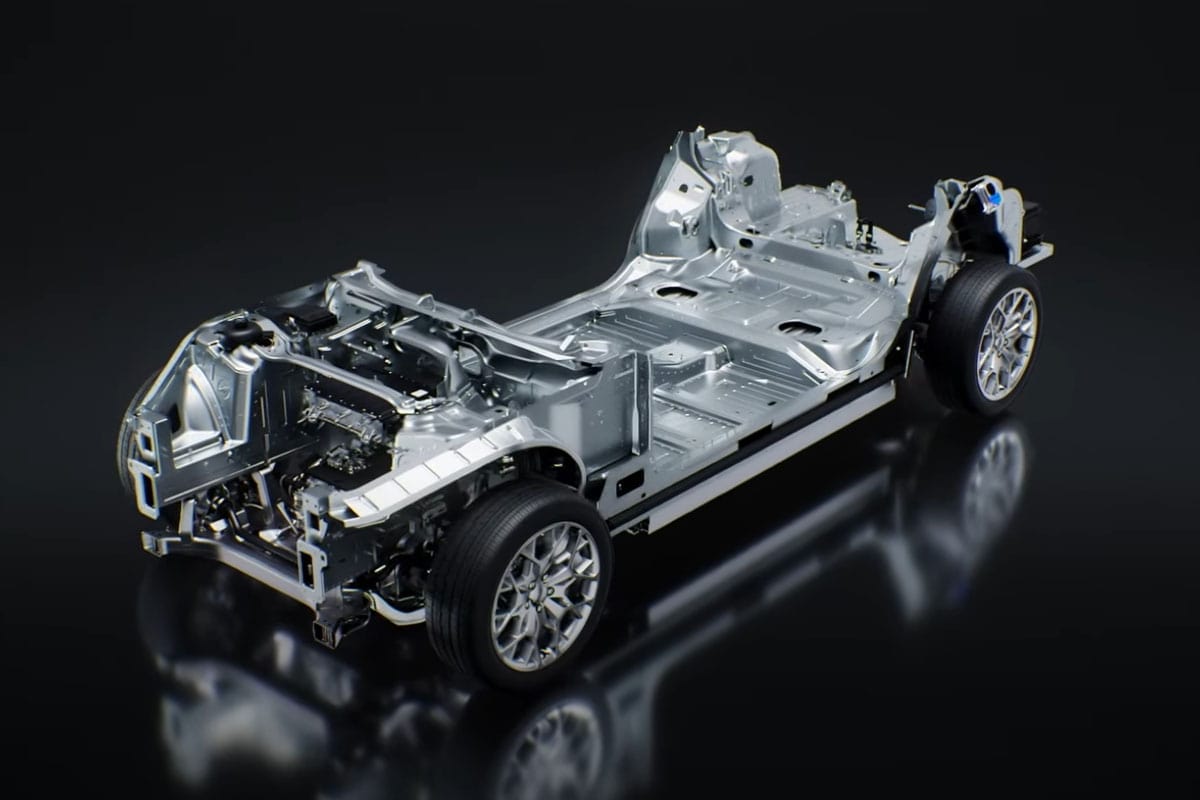
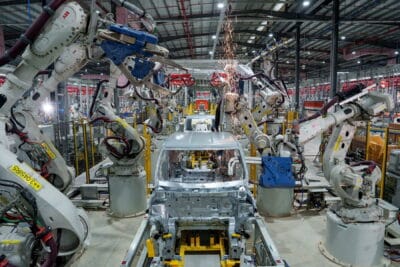
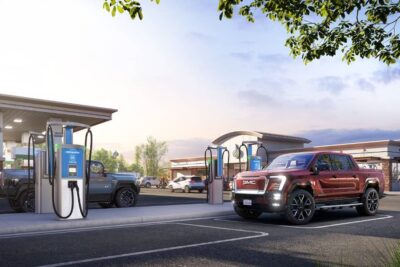
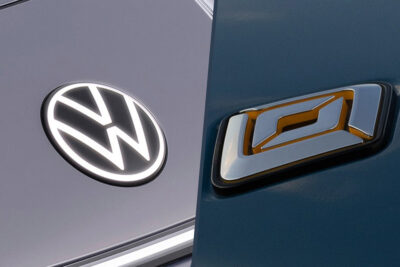
1 Comment